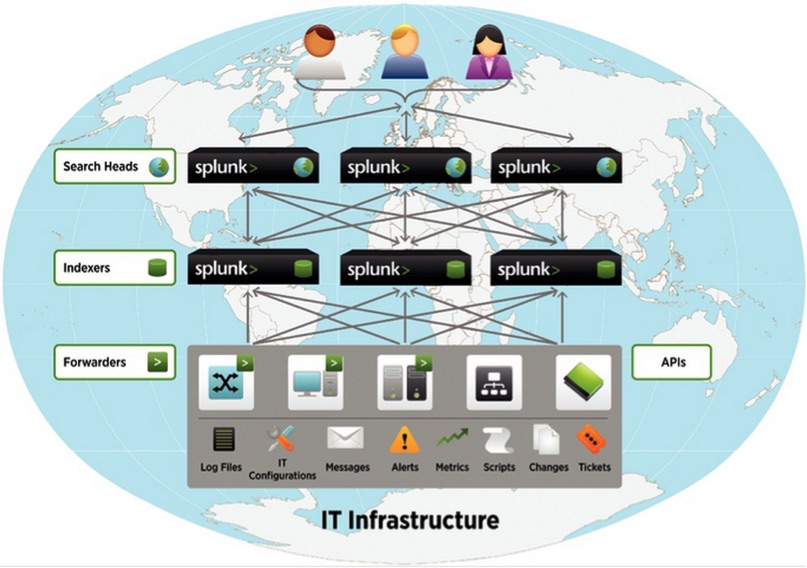
Firstly, you can add in options for osuqeryi and osqueryd to make use of. Let’s head back to the configuration file. Here’s a look at my flags file, in which I’ve added a few settings to enable verbose standard outputs, windows events, along with the ability to run unsafe queries. You can open your flags file and add some options in there. By default, there are no flags applied to your interactive shell or daemon. Similarly, we have the osquery.flags file which can have the flags you’d use on the command line. Enabling packs, which include several queries grouped to serve a specific purpose.List of options and settings used by the daemon and the interactive shell.The nf file can be used to configure the following: Otherwise, you can also use chocolatey to setup osquery on your machine using the following command: Head over to this link in order to download an MSI package for osquery. Only the installation and the availability of system tables should be different - the rest should be the same. You’re free to test the tool on your choice of operating system. You can ship those off to Splunk, ElasticSearch (via LogStash), or whatever solution you’d like.ĭisclaimer: For the sake of this article, I’ll be covering osquery on a Windows machine. The logs generated from these queries are also stored for aggregation, normalization, storage, or analysis with a SIEM solution.

The background daemon tasks registers as a service and can run scheduled queries without distraction. osqueryd: Daemon for scheduling queries and run in the background.osqueryi: Interactive shell to write your queries.
Osquery splunk install#
Installing osquery (available here) can help you install the following components at the same time: Where do you run these commands? Neither did I show you any output here. SELECT pid, name, cmdline FROM processes LIMIT 5


 0 kommentar(er)
0 kommentar(er)
